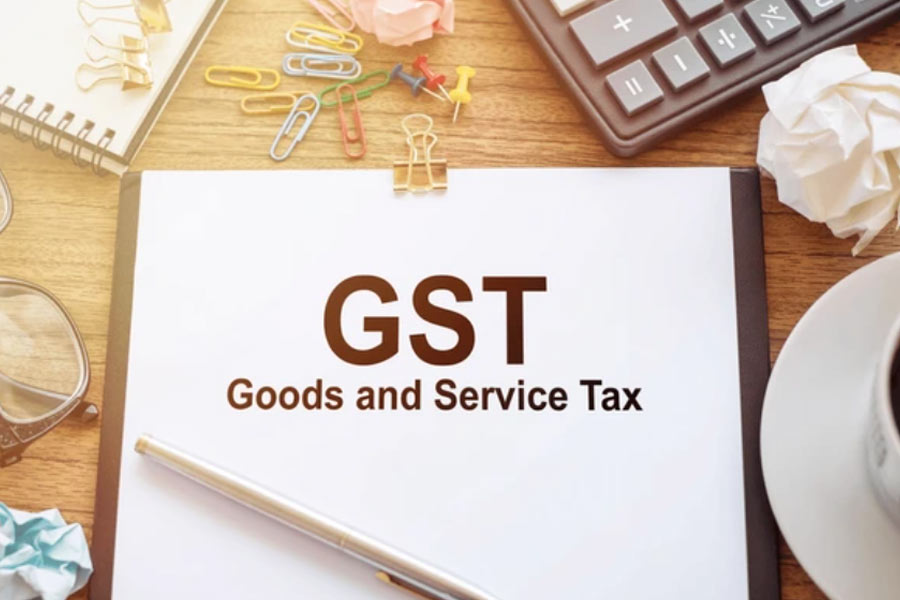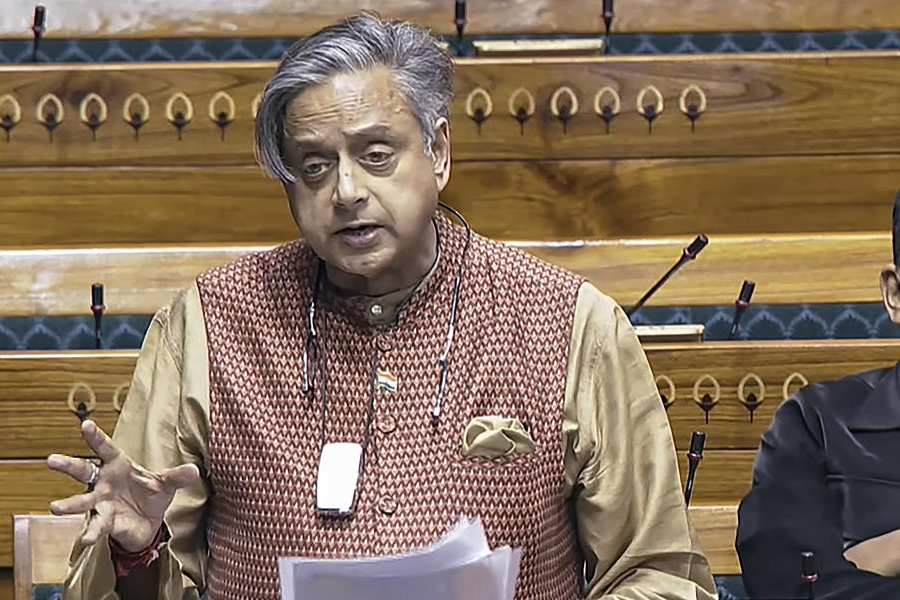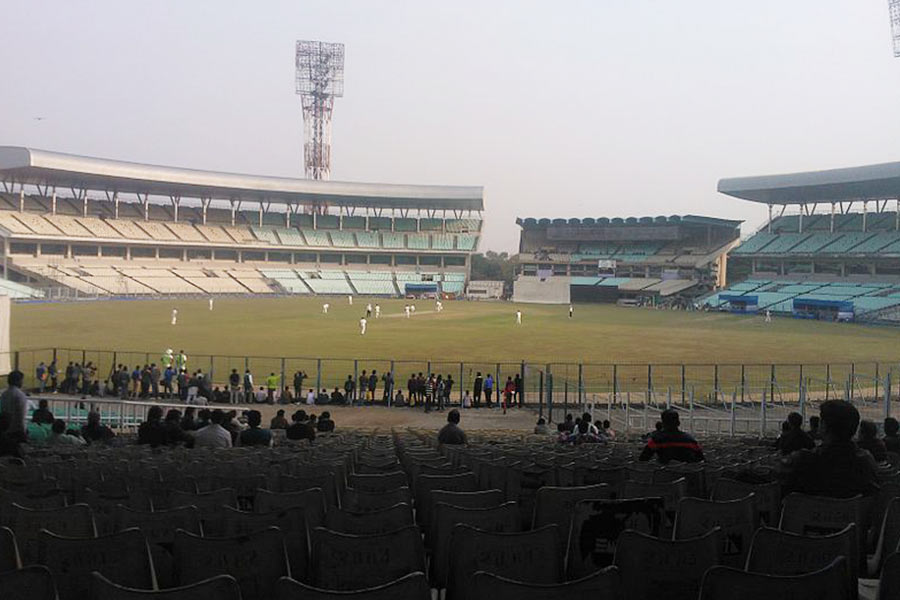Net GST collection, a barometer of economic activity in the country, jumped 20.4 per cent to ₹1,73,841 crore in the month of May compared with ₹1,44, 381 crore collected in May 2024.
However, on a month-on-month basis, the net collection was lower by 16.9 per cent from April, when it had touched ₹2,09,376 crore.
In the month of May, total gross GST revenue (sans the refunds) stood at ₹2,01,050 crore, up 16.4 per cent from ₹1,72,739 crore. While gross domestic revenue was up 13.7 per cent to ₹1,49,785 crore, gross import revenue was up 25.2 per cent to ₹51,266 crore.
Commenting on the monthly data, M.S. Mani, partner at Deloitte, said, “Compared with the FY25 average gross GST collections of ₹1.84 lakh crore, the figures reported for May25 — ₹2.01 lakh crore — would provide significant fiscal headroom for the government. These figures are also in line with the recent GDP growth estimates, which indicate a robust consumption pattern across months.”
Pointing towards the spike in GST earned from imports, Mani argued, “The GST revenues from imports are 25 per cent higher compared with the same month last year... this indicates that imports have accelerated despite recent tariff headwinds.“
State collections
Collections by the states, which cumulatively reflect in the gross domestic revenue, showed that Bengal managed to beat the national average with an 18 per cent growth to ₹6,321 crore, up from ₹5,377 crore it collected in May 2024.
Among the large and industrialised states, Maharashtra, Tamil Nadu, Karnataka reported strong growth with collections jumping by 17 per cent, 25 per cent and 20 per cent, respectively.
However, Gujarat, Punjab, Telangana, Andhra Pradesh, Haryana were below the cumulative growth. Andhra recorded a 2 per cent decline, while Telangana grew only 6 per cent. Punjab, Haryana and Gujarat grew 10 per cent, 9 per cent and 4 per cent, respectively, trailing the national average.
Pointing towards the wide variation in the growth of GST collections, Mani suggested it required a thorough analysis across the sectors that are important in each state.
“The average growth across the country does not appear to be uniformly reflected across states, possibly due to sectoral or seasonal factors which require a deeper data-based analysis,” he noted.










